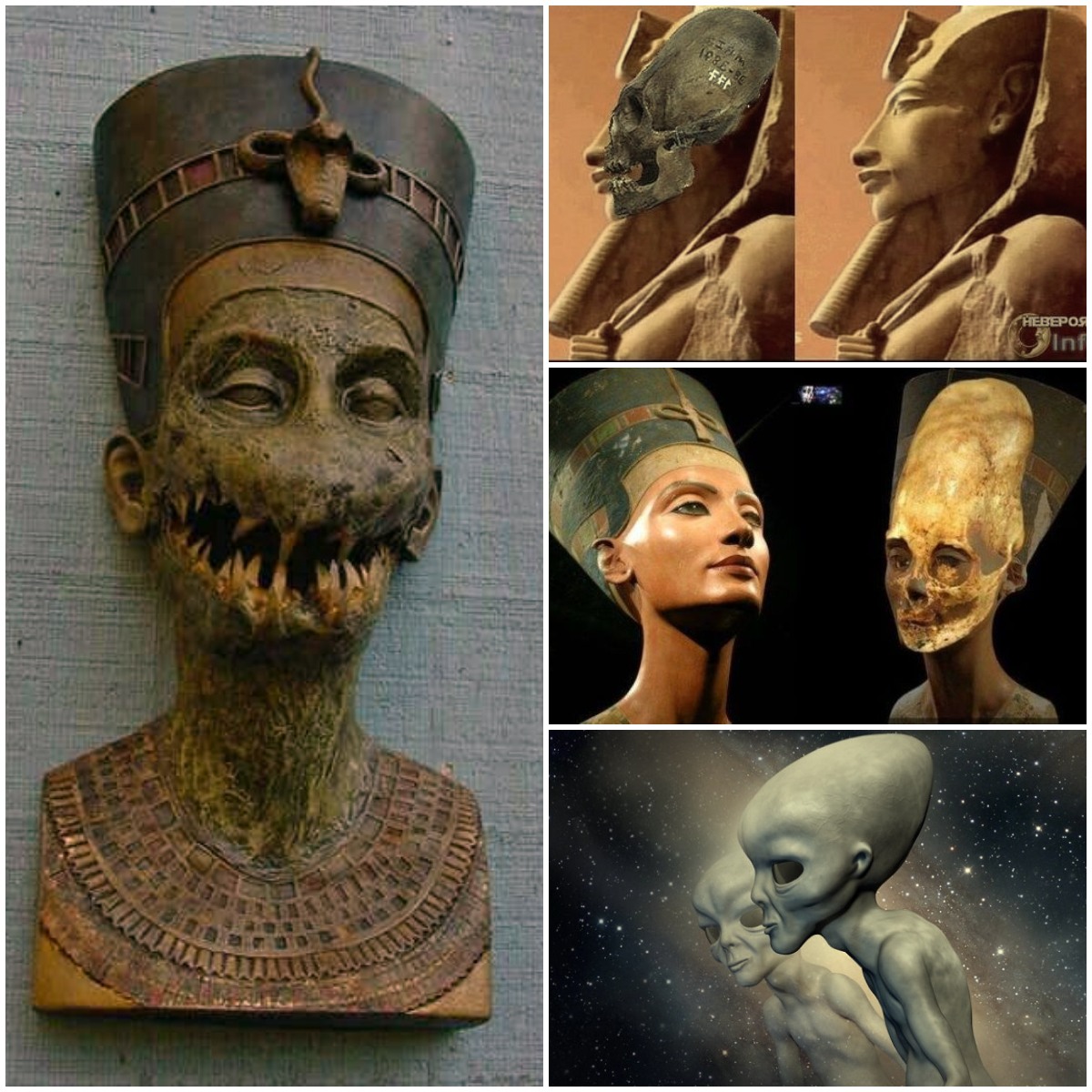Saqqara’s 2,500-Year-Old Coffins Unearthed: A Glimpse Into Ancient Egyptian Life

In a remarkable archaeological breakthrough, Egypt’s Saqqara necropolis has revealed 13 perfectly preserved coffins, sealed for approximately 2,500 years. This extraordinary find offers an unparalleled window into the funerary practices, artistic mastery, and social structures of ancient Egyptians, reminding the world that the sands of Egypt still conceal countless secrets waiting to be uncovered.
The Discovery

The coffins, discovered in pristine condition, are adorned with vibrant colors, intricate hieroglyphic inscriptions, and symbolic motifs reflecting beliefs in the afterlife. Saqqara, a site known for its rich historical significance and proximity to the famous Step Pyramid of Djoser, has long been a treasure trove for archaeologists. Yet the scale and preservation of these coffins make this find exceptional.
Each coffin is a masterpiece of craftsmanship, combining artistry, religious symbolism, and meticulous construction techniques. The use of pigments, detailed carvings, and iconography demonstrates the Egyptians’ advanced knowledge of materials and their deep spiritual devotion. Such preservation allows researchers to study not only the physical artifacts but also the stories encoded in their inscriptions, offering a direct link to the beliefs, aspirations, and daily lives of those buried within.

Insights Into Funerary Practices and Society
The coffins provide critical insights into ancient Egyptian rituals surrounding death and the afterlife. The elaborate decorations suggest that the individuals interred were of considerable social standing, as high-quality funerary goods were often reserved for elites. The inscriptions often include prayers, protective spells, and references to gods, highlighting the importance of divine guidance and protection in navigating the afterlife.
Moreover, the find illuminates the artistic and cultural sophistication of the period. Artisans employed precise techniques to ensure durability and visual impact, demonstrating an impressive combination of aesthetic skill and religious devotion. The study of these coffins helps scholars understand the evolution of Egyptian art, funerary traditions, and hierarchical structures in society during the Late Period.
The Global Significance
Beyond Egyptology, the Saqqara discovery captivates a global audience. Archaeologists and historians are eager to analyze pigments, wood types, and burial arrangements to learn more about trade networks, craftsmanship, and cultural exchange in ancient Egypt. Each coffin also serves as a reminder of the enduring legacy of the Egyptian civilization and its influence on world history.
For the public, the find evokes fascination and wonder, offering a tangible connection to a civilization renowned for its monumental achievements, spiritual depth, and artistic mastery. Exhibitions and research publications based on these coffins will provide educational opportunities and inspire new generations of historians, archaeologists, and enthusiasts.
Conclusion
The unearthing of 13 coffins in Saqqara is a landmark discovery, offering unparalleled insights into ancient Egyptian life, funerary customs, and artistic achievements. Preserved for 2,500 years, each coffin tells a story of devotion, status, and cultural sophistication, bridging the past and present in a vivid, tangible way. As scholars continue their meticulous study, these coffins not only deepen our understanding of Egypt’s rich history but also remind the world that even after millennia, ancient mysteries continue to captivate, educate, and inspire.











